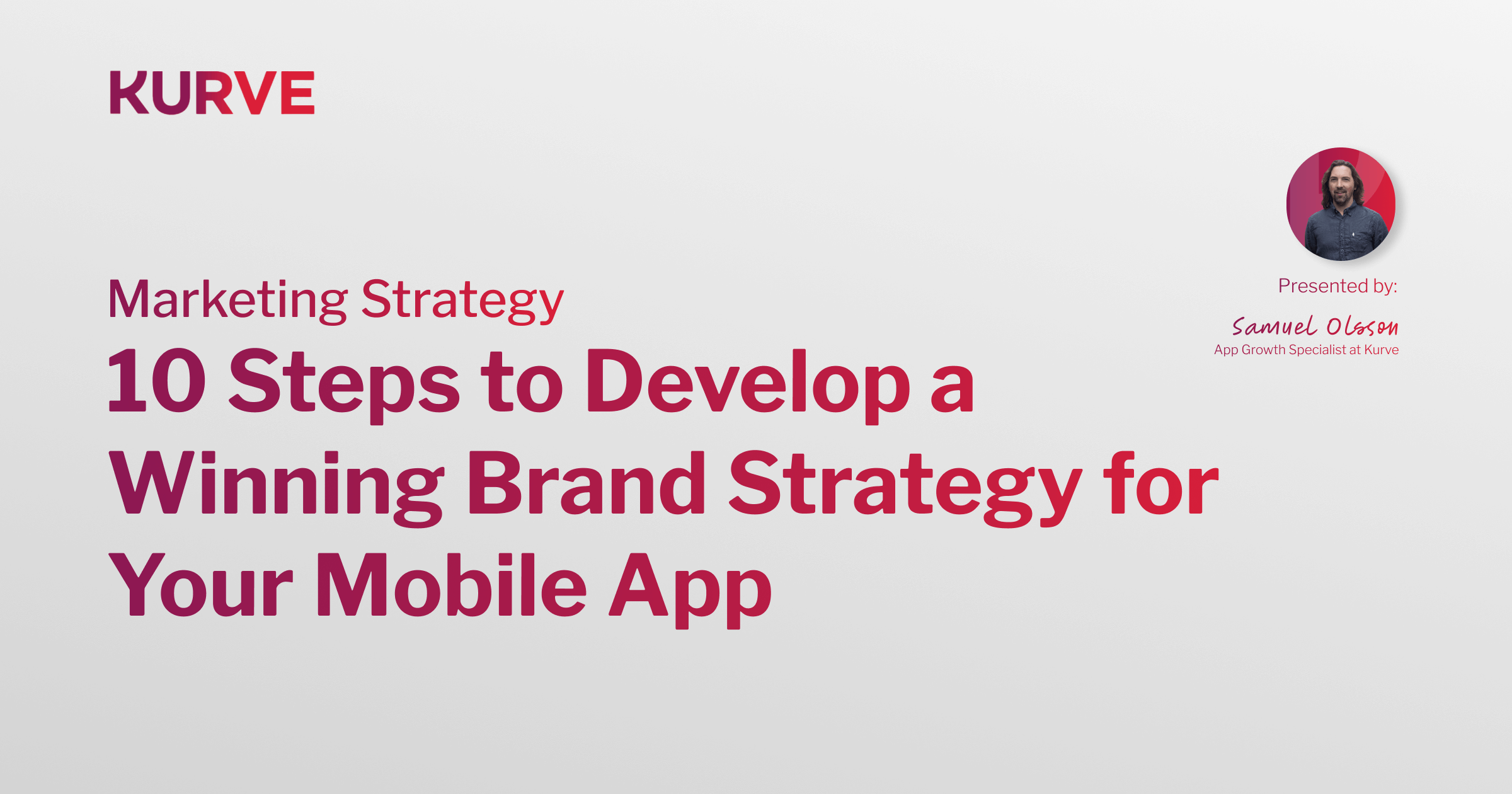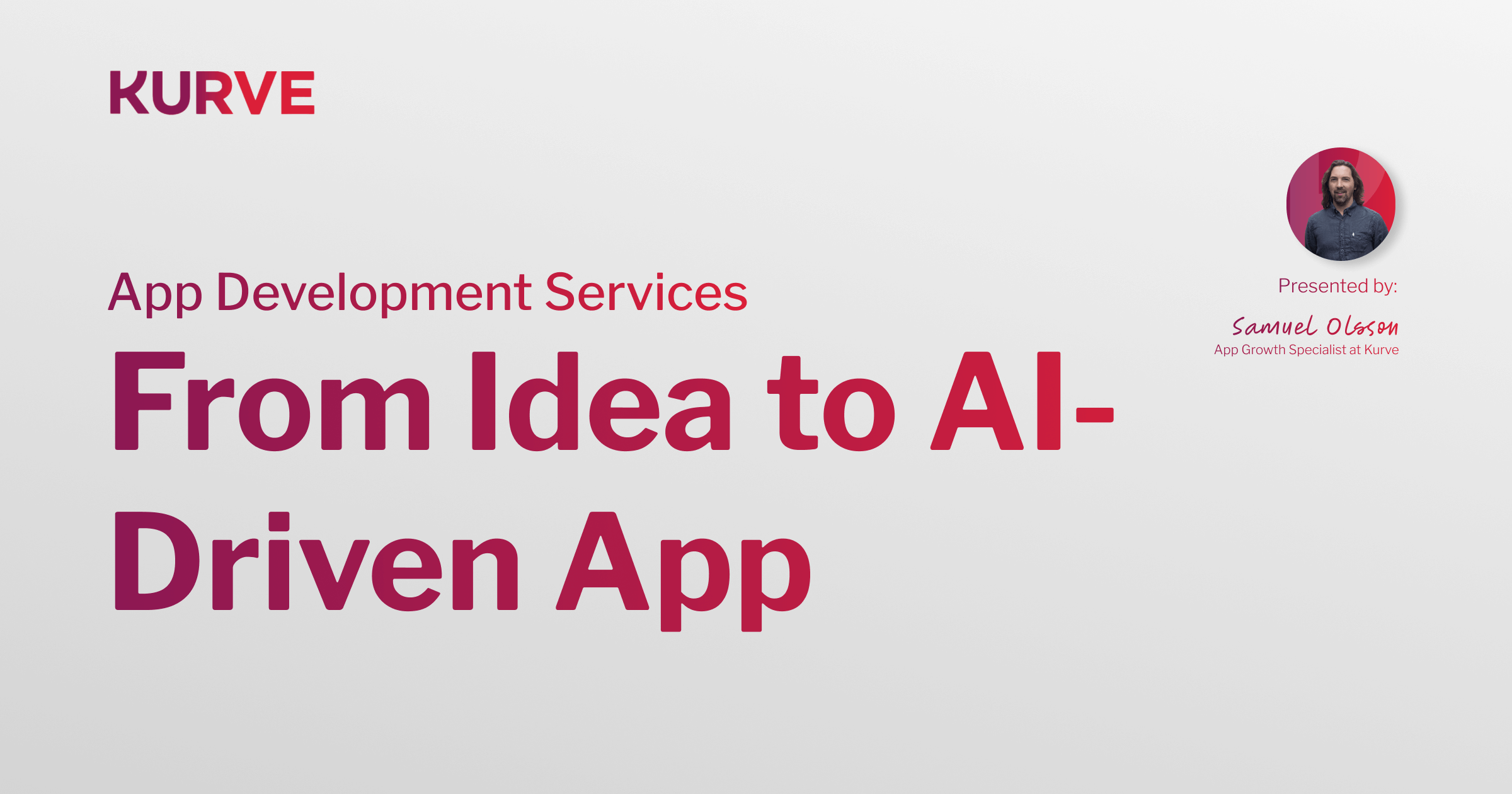How to do Audience Research better than your Competitors
How to do Audience Research
What can you expect from this article?
-
How to devise an integrated digital strategy
-
Smart ways to conduct great audience research
-
How to create audience personas
-
How to use audience information to improve marketing success
As I outlined in a recent article, a brand’s content must evoke emotion in its target audience to maximise conversion. However, this cannot be achieved without first understanding every member of that audience in great detail. Content is effective if it’s geared towards the worries, concerns, hopes, and dreams of people, and this is the case for B2B and B2C organisations alike.
By understanding these issues and designing content to flick the psychological triggers that affect the purchasing decision, marketers can ensure their work is effective in filling the sales funnel with credible leads. The first step is to conduct in-depth meaningful audience research, which will inform the overall marketing strategy.
Devising a strategy
The development of a digital strategy has taken a new form in recent years. We’ve entered an age in which digital isn’t an extra topping on the traditional marketing pizza. For B2B and B2C marketers, it’s now guaranteed that their audience will be actively engaged with the online world, 24/7. In the words of Mark Ritson in this fascinating piece, “digital has changed the world so much that it has become the world.”
Marketers now have a responsibility to adopt an integrated approach, seeing digital (and everything within) as just one element of the overall unified brand experience. Whilst there is an increasing array of channels to hit, understanding audience has always been - and will always be - the key to successful marketing.
In general, an integrated marketing strategy process goes a little like this:
-
Establish business goals and objectives
-
Identify top-level target audience focus
-
Conduct comprehensive in-depth audience research (and competitor research)
-
Decide on your range of marketing channels (online and offline)
-
Devise a content and social strategy that will strike at the heart of your audience
-
Plan out the required resources
-
Establish KPIs and performance measurables
A business will usually have some feeling of audience preference in its early stages. Once top-level targeting ideas are established, it’s time to enter into the dedicated process of getting to know these people. Whilst this is important for startups, it’s also pertinent to brands that are looking improve their ROI for marketing activities.
Smart ways to research your audience
As Rand Fishkin at Moz outlined in this video, businesses are investing considerable resources into the production and publication of content without fully understanding if their audience actually wants it. This adds further risk to a “process that is already risk-intensive”. In fact, it’s imperative to understand the needs of an audience not only at a business level, but also at individual marketing campaign level.
Here are some smart ways to get to know your target audience like the back of your hand.
Social media
Social media has revolutionised the audience research process, and few strategists miss the opportunity. By using social networks, businesses can monitor what their audience is saying about them and their competitors, and gain an understanding of common questions and concerns. There are multiple social media listening tools available, and Brandwatch has listed 15 of them here.
Surveys
Simple online tools like SurveyMonkey and Google Forms enable brands to create and promote surveys. This data can be extremely useful, but can only be acquired by...
Investing in research
Expand the reach of your market research by investing budget in sponsored social promotion and PPC. Provide an incentive to attract participants and entrants; allocating some budget to a prize could prove to be worthwhile. LinkedIn advertising is effective for targeting a proposed audience with research questions, particularly for B2B brands.
Interviews
Old-school, perhaps. But individual interviews and focus group meetings can highlight audience wants and needs, straight from the horse’s mouth. Establish what you’d like to know, and tailor questions to elicit genuine and honest responses. Also, consider the misleading impact of asking loaded questions before conducting the interviews.
The sphere
Competitor research is also a key element of preparing a strategy, but so too is the research of other brands in a similar sphere of influence. People are immersed in their own world of buying habits (and that of their peers). By understanding where else your audience buys other products and services, you can better understand their habits. Further down the line, you can actively place content at these locations.
Keyword research
Establish a top-level list of keywords that you predict your audience to be searching for, and venture into Google Keyword Planner. Analyse the search volumes of your suggested keywords, and allow the tool to suggest new potential keyword groups. Here’s a guide by Kissmetrics about doing keyword research the smart way. Cross-analyse keywords with the data in Google Trends to see whether you’re targeting terms that are going out of fashion.
Website analytics
This is only really applicable to brands that have already acquired some web traffic, ideally over the course of a full year or more. Analysis of website analytics (usually through Google Analytics) can throw up useful data, such as the location, language, and demographics of your website visitors. Here’s a guide to using Google Analytics on Social Media Examiner.
Audience personas
After the in-depth research, it’s time to create comprehensive audience personas. These will inform every strategical decision thereafter (until future review), and should form a key reference point when deciding on the nature of a proposed campaign. In a nutshell, this is what you should include in audience personas:
Demographics
Demographics include name, age, gender, income, education, location, and information about their work. This is essential to understanding context that surrounds your audience.
Ambitions and hurdles
Establish what the goals and objectives of your target audience are, and the hurdles that stand in the way. If you can discover this, you can communicate the ways in which your brand removes these hurdles and makes your audience’s path to success easier.
Objections
Establish which factors would prevent individuals from purchasing your product or service. Most people second-guess themselves during the purchasing decision. After all, they’re parting with their hard-earned pocket money, or sticking their neck out by investing the boss’s budget. If you can list these objections, you can address them before it’s too late.
An oft-overlooked element is the inclusion of a photograph. It might sound frilly and unnecessary, but adding a photo of your target will help your marketing team to visualise the individual at every stage. Furthermore, the habits and hobbies of your audience also indicate their interests and can help you target content in the right sphere, as mentioned previously.
We’ve covered the key points, but you can visit the Buffer blog for a step-by-step beginner’s guide to creating audience personas. Once these personas are created, it’s time to store them in an easily-accessible and visible place. They’re absolutely key to tapping into the emotions of a target audience, so must be referenceable every day. Put them on the wall of the office if that’ll keep them front of mind!
What’s next?
So, you’ve done the research and you’ve created the audience personas. From this, you’ve devised a solid marketing strategy, complete with key measurables and objectives. How can you ensure that you tap into what your audience wants?
Listening
Whilst there may be a solid strategy in place, allow time to deviate for time-sensitive and reactive marketing campaigns. As you learn more about your audience’s behaviour, new opportunities emerge. By staying rigid and wearing earmuffs, your brand will miss out.
Storytelling
After getting to know your audience’s innermost feelings, it’s time to start hitting some nerves. Effective marketing is built on storytelling, no matter which industry you operate in. Great stories set the scene, tap into the imagination, and establish the narrative journey.
A/B testing
An audience might not always behave in the way that you assume, so it’s essential to test strategies to maximise conversion. Here’s a beginner’s guide to A/B testing, written by Cameron Chapman on Kissmetrics. Mashable also put together this useful list of the best A/B testing tools, which is worth checking out. In a nutshell, the next step is to use your audience research to deliver high-quality emotive content that will elicit an active response from your audience. This could take the form of articles, videos, infographics, websites, competitions… the list goes on. The fact remains that without first understanding an audience, you cannot cater to them or deliver value.
Summary
Audience research is a long, laborious, and never-ending commitment. It’s also absolutely essential to marketing success. There are many constantly-changing variables at play in B2B and B2C markets; technology, trends, and wider economics to name a few. Complacency breeds eventual failure, whilst listening to your audience will highlight opportunities and ensure you’re front of mind when it comes to the purchasing decision. We have everything at our disposal to comprehensively understand the audiences that we’re targeting. Social networks and forums enable us to listen in to conversations, and intelligent online tools allow unprecedented access to audience behaviour, search trends, and much more. Once this quantitative and qualitative data has been mined, the challenge is to spot the opportunities and deliver great content, at the right time, in the right way.


